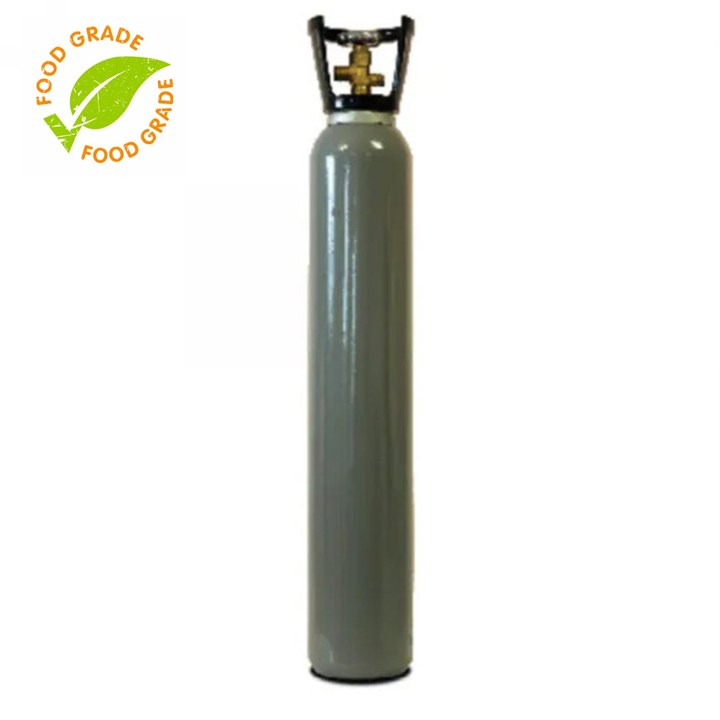-
Call: +91-9306-489-986
-
Email: twostargases@yahoo.in
Food Grade Gases
Food Grade Gases
Food grade gases are gases that meet strict purity standards and are safe for use in the food and beverage industry. These gases play crucial roles in various food processing and packaging applications, helping to maintain product quality, extend shelf life, and ensure safety.
Common Food Grade Gases:
Nitrogen (N2): Nitrogen is widely used in food packaging applications to displace oxygen, thereby reducing oxidation and spoilage. It also serves as a propellant in aerosol products and helps maintain pressure in food storage tanks.
Carbon Dioxide (CO2): Carbon dioxide is commonly used in carbonation processes to create carbonated beverages like sodas and sparkling water. It also serves as a preservative, inhibiting microbial growth in packaged foods.
Oxygen (O2): Oxygen is utilized in modified atmosphere packaging (MAP) to extend the shelf life of fresh foods by maintaining optimal oxygen levels. It is also used in food processing applications such as oxygenation in brewing and fermentation processes.
Argon (Ar): Argon is employed in wine production to create an inert atmosphere, preventing oxidation and preserving the flavor and quality of wines during storage.
Applications:
- Packaging: Food grade gases are used in MAP systems to create controlled atmospheres that prolong the shelf life of perishable products.
- Processing: They play a role in various processing methods such as carbonation, freezing, and oxygenation to enhance food quality and safety.
- Storage: Gases like nitrogen are utilized to maintain pressure in storage tanks, preventing contamination and spoilage.
Safety and Regulations:
- Food grade gases must comply with stringent regulations set by organizations like the Food and Drug Administration (FDA) and the European Food Safety Authority (EFSA) to ensure consumer safety.
- These regulations dictate purity levels, permissible contaminants, and handling procedures to prevent any adverse effects on food products.

